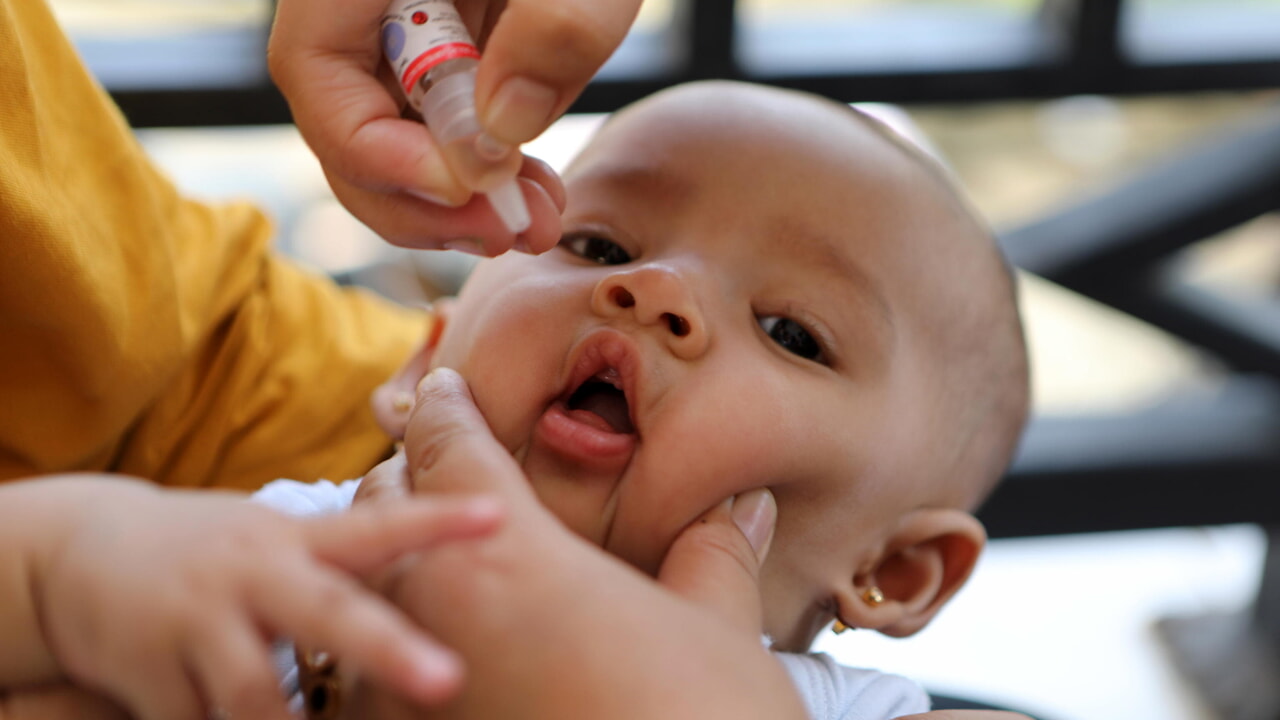Covid was not enough, acute hepatitis in children and monkeypox, now polio is back. After almost 40 years of absence, the virus has returned to circulate in London, alerting the entire medical-scientific community. The alarm was raised by the UK Heath Security Agency (Ukhsa), which in collaboration with the Medicines and Healthcare products Regulatory Agency (Mhra), found the poliovirus in the city’s sewers. In particular, traces of polio were found in wastewater samples collected by the London Beckton Sewage Treatment Works in the north and east of the British metropolis. This is quite strange given that the country was declared ‘polio-free’ in 2003 and that the last case of wild-type polio in the UK dates back to 1984. What is happening? What are the risks for the population? Who needs to get vaccinated?
Monkey pox, for whom the vaccine is “recommended”
Polio returns to London: what’s happening
“It is normal for one to 3 ‘vaccine-like’ polioviruses to be detected in UK wastewater samples every year – explains Ukhsa – These ‘cases’ are however linked to people vaccinated abroad with the oral vaccine. (Opv), the traces of which then end up in the feces in the sewers “. The current situation, on the other hand, is quite different, as various types of polioviruses were found in the city’s wastewater between February and March. “The virus has continued to evolve and is now classified as a type 2 poliovirus (Vdpv2) derived from a vaccine which on rare occasions can cause serious illness, such as paralysis, in people who are not fully vaccinated,” said Ukhsa. . However, it is likely “that there has been some spread of the virus in North and East London between related people and we now detect the type 2 poliovirus strain through their faeces”. “The investigations are aimed at establishing whether there is a transmission in the community”, clarifies Ukhsa. Who is most at risk?
Vanessa Saliba: “The risk for people is extremely low”
The news can only worry us but Vanessa Saliba, epidemiologist of the agency, clarifies that “vaccine-derived poliovirus is rare and the risk for people in general is extremely low”. Thanks to vaccination coverage, most of the UK population is protected from the polio virus, “but in some communities with low vaccination coverage some people may be at risk,” she warns the expert.
Burioni: “If you are not vaccinated, proceed immediately”
The virologist Roberto Burioni is worried. “In London there is the polio virus again, which has not been seen for 40 years. If you have had the bad idea not to vaccinate your children against polio, or you are not vaccinated, immediately take action. Let me explain: the man is the only natural host of the polio virus, so if there is the virus in the London sewers it means that in London there are people who have polio right now, “wrote the virologist in a tweet about the recent discovery of traces of the polio virus in London.
The history of polio
Poliomyelitis (polio), also called “infantile paralysis” or “Heine-Medin disease”, is an infection that dates back to prehistoric times. Major polio epidemics were virtually unknown before the 20th century but then from 1880 onwards they began to spread throughout Europe, especially in cities in developed countries during the summer months. Suffice it to say that in the 1940s and 1950s, when infections peaked, polio killed or paralyzed more than half a million people worldwide every year. The disease is known to have caused paralysis and death for much of human history. It affects the motor neurons located in the spinal cord with neuronal degeneration and therefore paralysis and muscle atrophy, ultimately bone deformations. The first attempts to obtain a vaccine were made by Thomsen in Denmark in 1913-14, then others followed until in 1949, John Franklin Enders, Thomas Huckle Weller and Frederick Chapman Robbins, then awarded in 1954 the Nobel Prize for precisely this discovery, developed the method for growing viruses in cell cultures, paving the way for the identification of a vaccine. In Italy, mass vaccination began in the spring of 1964, becoming compulsory starting in 1966.
